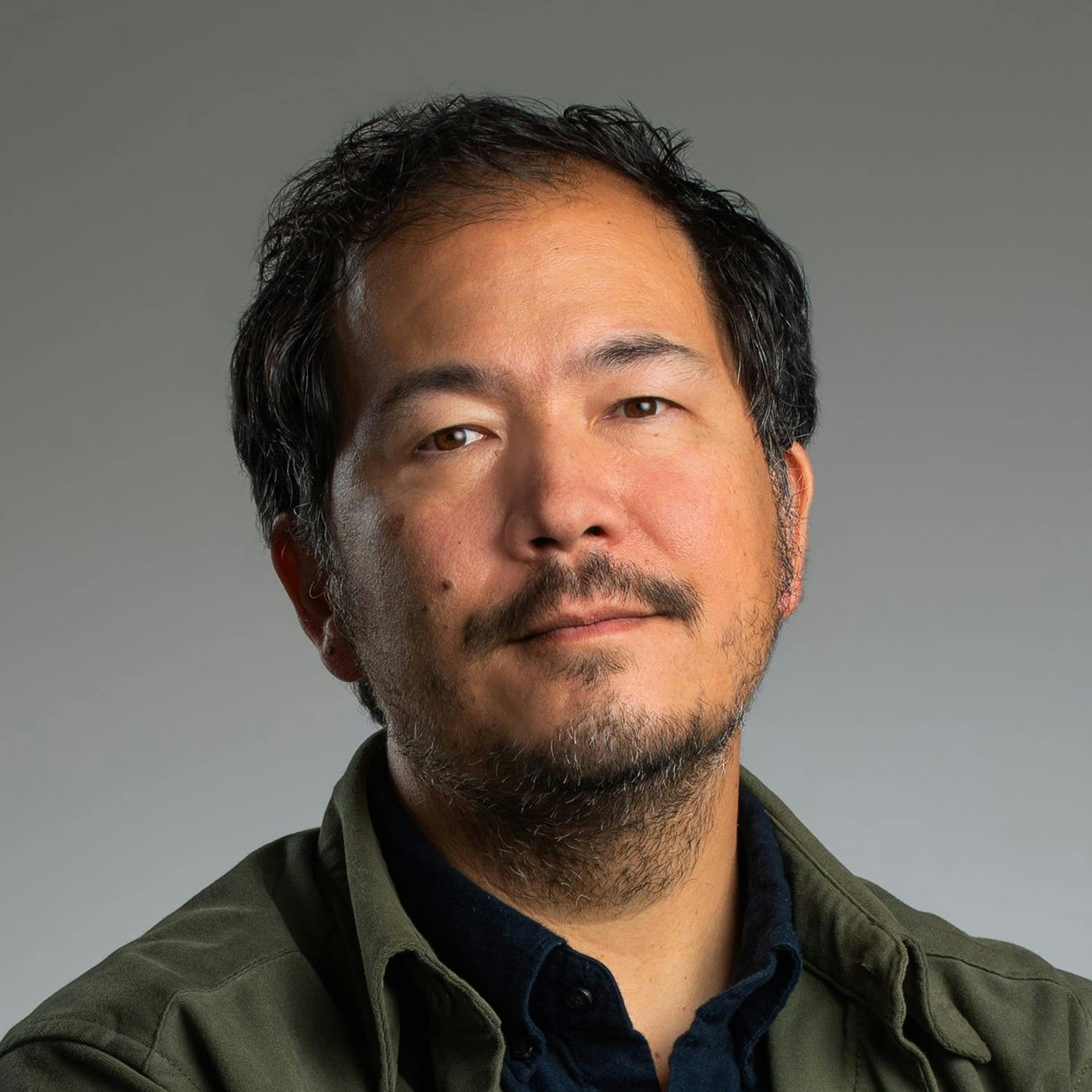Rosten Woo
Mapping Los Angeles’s civic institutions in a community-driven, collaborative atlas that inspires change throughout the city.

As a designer, Rosten Woo seeks to connect people with the places they live and help them understand where they sit within complex systems. Based in Los Angeles, he works with a wide range of community-based organizations, advocacy groups, and government departments on projects that build community agency. In New York City, he was co-founder and executive director of The Center for Urban Pedagogy, a Cooper Hewitt National Design Award–winning nonprofit that uses design to make civic life more navigable.
A recent exhibit for the Los Angeles Poverty Department, called “How to House 7,000 People in Skid Row,” brings visitors inside a proposal to shelter the neighborhood’s unhoused population. “Mutual Air,” at the Oakland Museum of California, is a series of wind chimes whose music is guided by air pollution. And “Takachizu,” produced for Los Angeles’s Little Tokyo Service Center, creates a digital and physical community archive that collects the neighborhood’s history through objects and stories, building the foundation for cultural organizing.
Los Angeles County is a difficult place to navigate, geographically and as a civic entity. It’s a massive amalgamation of 88 cities and 140 unincorporated neighborhoods—many with their own governance, services, and norms. Having lived in the city for 15 years and worked with both government agencies and the organizations that protest them, Woo is uniquely positioned to translate this complexity.
As an Emerson Collective Fellow, Woo will complete a comprehensive guide to Los Angeles’s civic institutions—a community-driven, collaborative atlas, online and in print, that simplifies it all. The guide will make it easy to find elected representatives, public services like post offices, and support services like food banks and mutual aid societies, while showing land parcels, zip codes, school districts, police precincts, and more. Illuminating essays, layer by layer, will explain how civic infrastructure shapes power. This will be a crucial new tool for action on a wide range of issues—and serve as a model for other big cities, too.
More about The Emerson Collective Fellowship.
Related content: